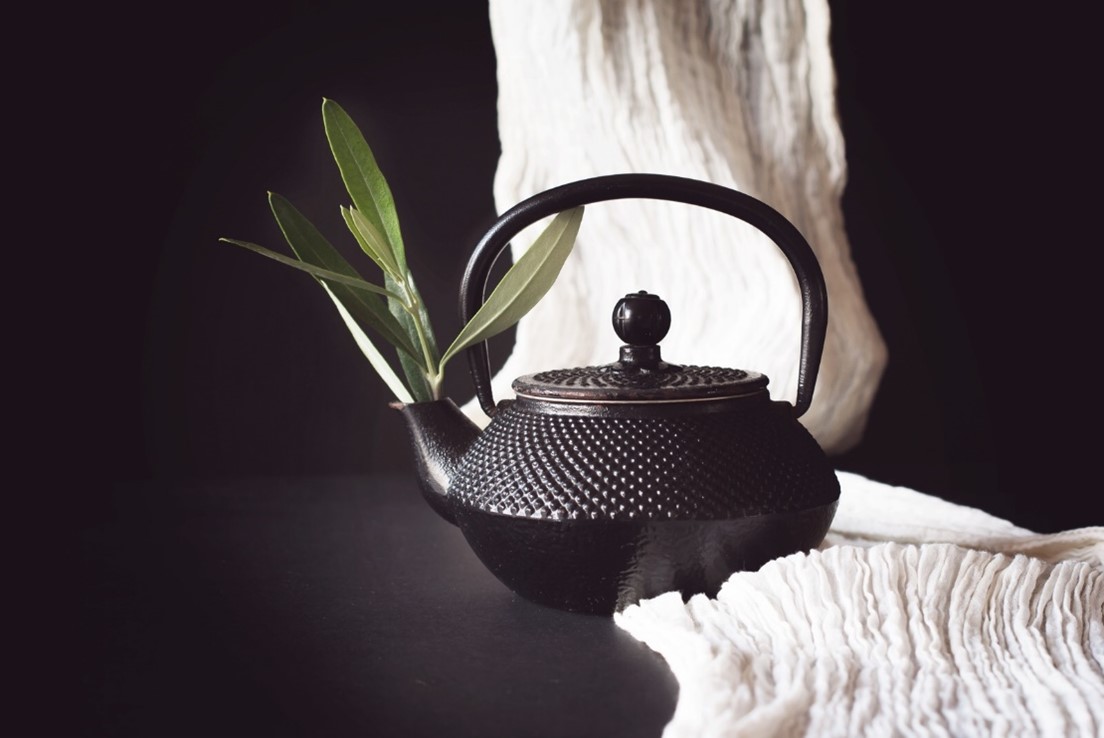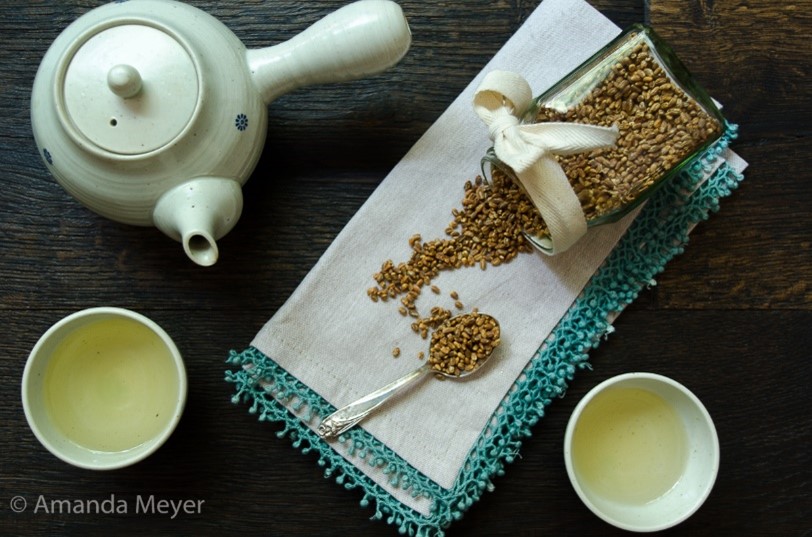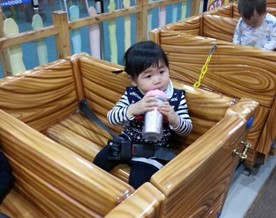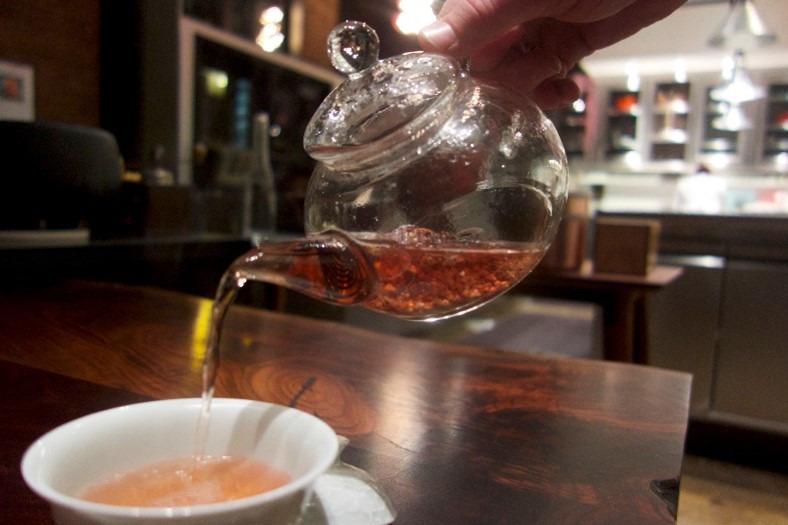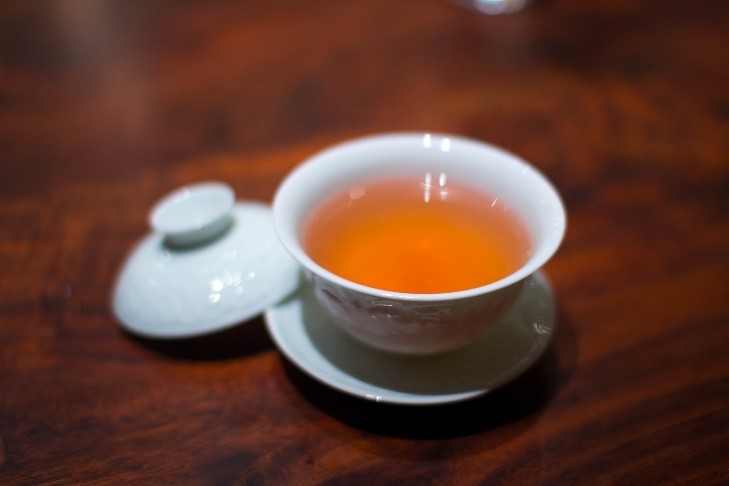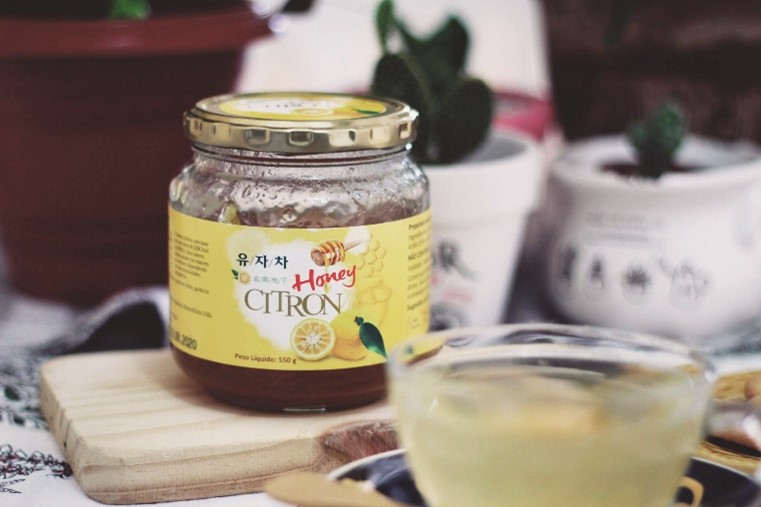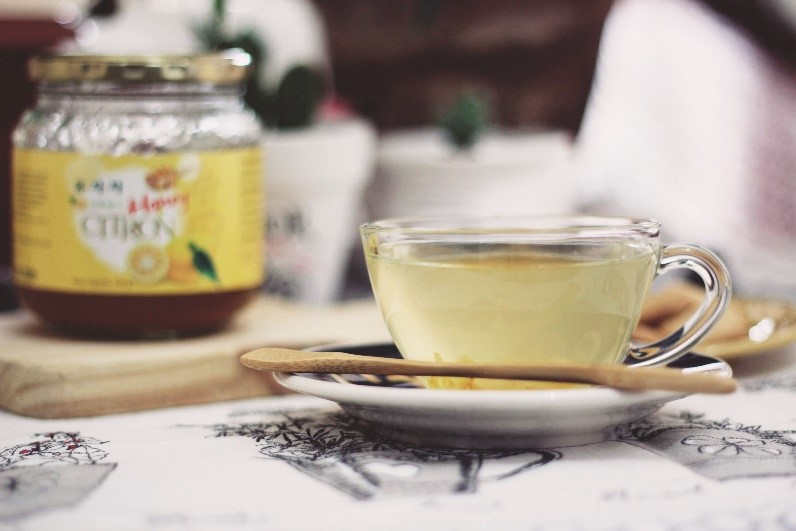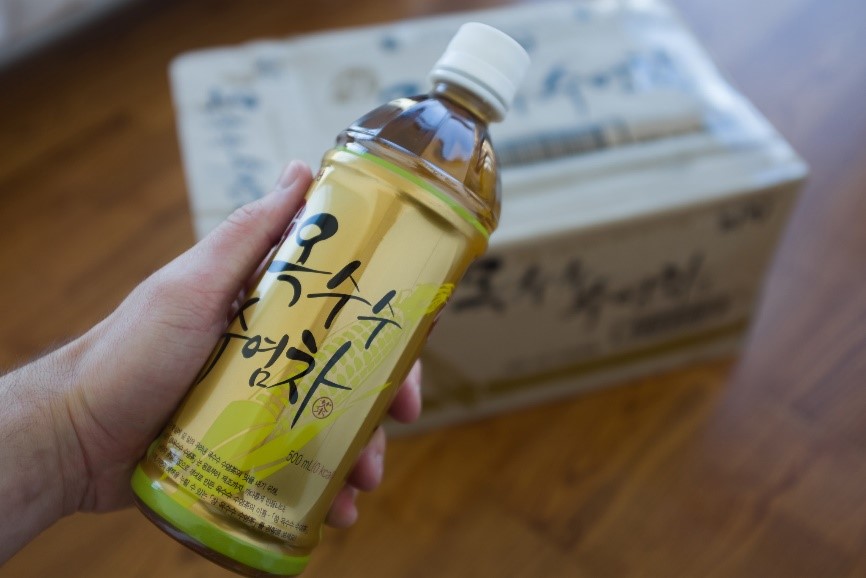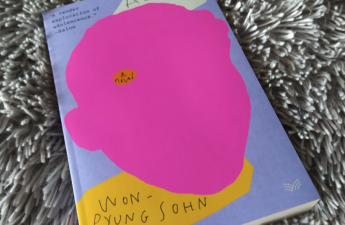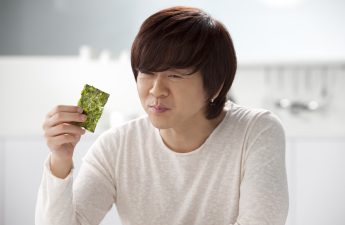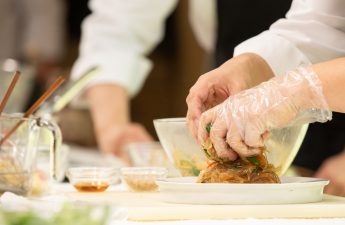There is tea in South Korea, in case you were wondering. Frankly speaking, not even tea exists in the “land of morning freshness”, but the well-known tea ceremony with traditional sweets is especially popular among older women. But why doesn’t tea come to mind when we think of Korea compared to other Asian countries like Japan or China?
The thing is in the Koreans’ preferences. Indeed, it is a country of true coffee lovers. Moreover, they choose their favorite ice latte even in winter despite the cold weather. Interestingly, the ice latte has its own abbreviation in the Korean language: AA “아아”.
Let’s return to the topic of tea. In Ukraine, we are used to various types of tea, such as black, green, packaged, or loose-leaf tea. Whereas in Korea, tea is associated with a potion made from different healthy herbs, roots, etc. It looks more like jars of jam, but some types are sold in teabags.
Speaking about the origin, tea was brought to Korea approximately in the sixth century, but only in the ninth century it was spread throughout the country. Finally, in the eighteenth century, seedlings were brought from Japan and started to be grown massively. The main regions specializing in its cultivation are Chirisan, Boson, Jeongnam, and Jeju Island. The area around Chirisan Mountain is considered the birthplace of tea in Korea.
Collecting leaves in Korea is possible only from April to September, about 3-4 times per year. It is believed that summer leaves have the most intense taste when they are collected from 2 or 3 harvests.
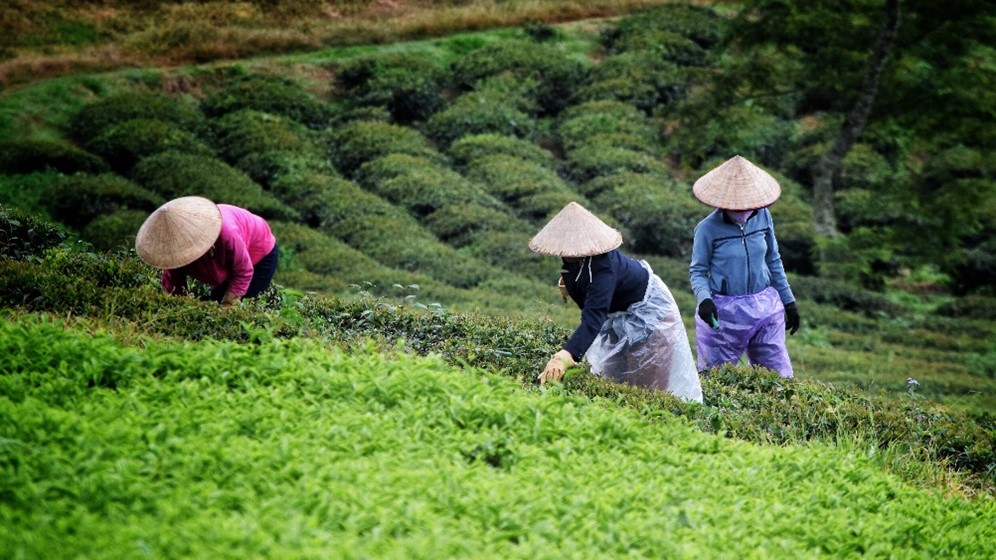
Along with ginseng, Korean tea is known for its high quality. Furthermore, it is known that the Koreans especially like the soft taste of tea, while the Chinese appreciate the scent, whereas the Japanese pay extra attention to the color. Therefore, green tea with rice grains or green tea-based drinks is more prevalent among Koreans because of its sweet and delicate taste.
Even though tea isn’t that popular in Korea, you still can find it in Russian shops or cafes, but the price bites. But if you are genuinely a tea lover, the best choice would be to order it from an online store. There are a lot of valuable decoctions, for every taste and color, and for the prevention of various diseases.
I would like to describe some herbal infusions which I find the most unique and a few of the most famous of use:
Barley 보리차 (boricha)
It is served instead of water in many cafes and restaurants. It does not contain caffeine and has a mild nutty taste. Boricha is often given to six-month-old children. It also helps with weight loss, improves digestion, and controls blood sugar levels.
Buckwheat 메밀차 (memilcha)
This nutritious tea is based on roasted buckwheat kernels, making the drink spicier with a nutty taste. Like boricha, it does not contain caffeine and improves blood circulation. Memilcha prevents varix dilatation and edema and helps to speed up metabolism. This tea is an excellent antioxidant, which reduces blood glucose levels, and is helpful in the treatment of diabetes and the cardiovascular system.
Yujacha 유자차 (yujacha)
This citrus drink is based on yuzu, a hybrid of mandarin and lemon. Also, it is a source of vitamin C used to treat colds, coughs, and sore throats. It improves skin color and blood circulation and stimulates the digestive system. Yujacha is an excellent source of calcium.
Tea is made from dried fruits of magnolia, Chinese lemongrass 오미자차 (omijacha)
Due to soaking in cold water, berries give the tea a taste boom of salty, sour, sweet, bitter, and even pungent taste. It is the best option for those who are often stressed and have a weak immune system. This tea relieves fatigue and thirst, rationalizes kidneys and liver work, and improves blood circulation and skin condition.
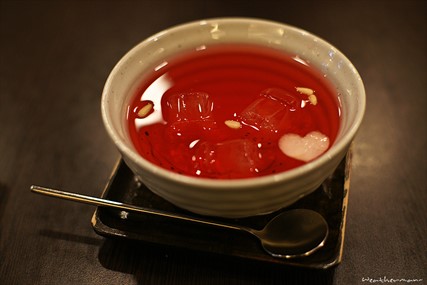
Tea with an egg yolk 쌍화차 (ssanghwacha)
Depending on the ingredients, ssanghwacha can replace a meal. It has a rich brown color and a slightly bitter taste. It restores energy and serves as a prevention of cold. Interestingly, you can even find it in a pharmacy.
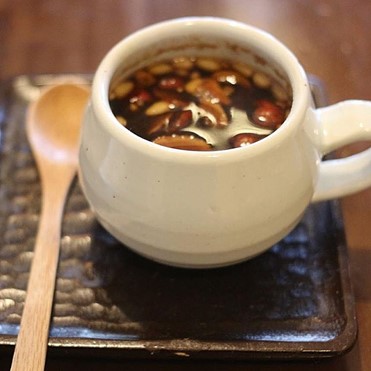
Sweet corn tea 욱수수차 (uksusucha)
Before brewing, uksusucha corn grains are firstly dried, fried, and then poured with boiling water so that the tea becomes yellowish. This tea has a pleasant herbal taste and sweet scent. Regular use stimulates metabolism, helps reduce high blood pressure irritability, and is helpful for insomnia.
Rice tea 현미차 (henmicha)
Fried rice is poured with boiling water and boiled until light brown color. It contains a large number of valuable substances. Henmicha reduces cholesterol and is helpful for the digestive system because of its ability to remove harmful substances. Also, it promotes hair strengthening and melanin production. At the same time, the tea prevents vitamin deficiency and cancer. The high content of vitamins B and B1 increases the brain’s blood flow, which affects memory, concentration, and thought processes. Rice tea is also known for its anti-aging properties.
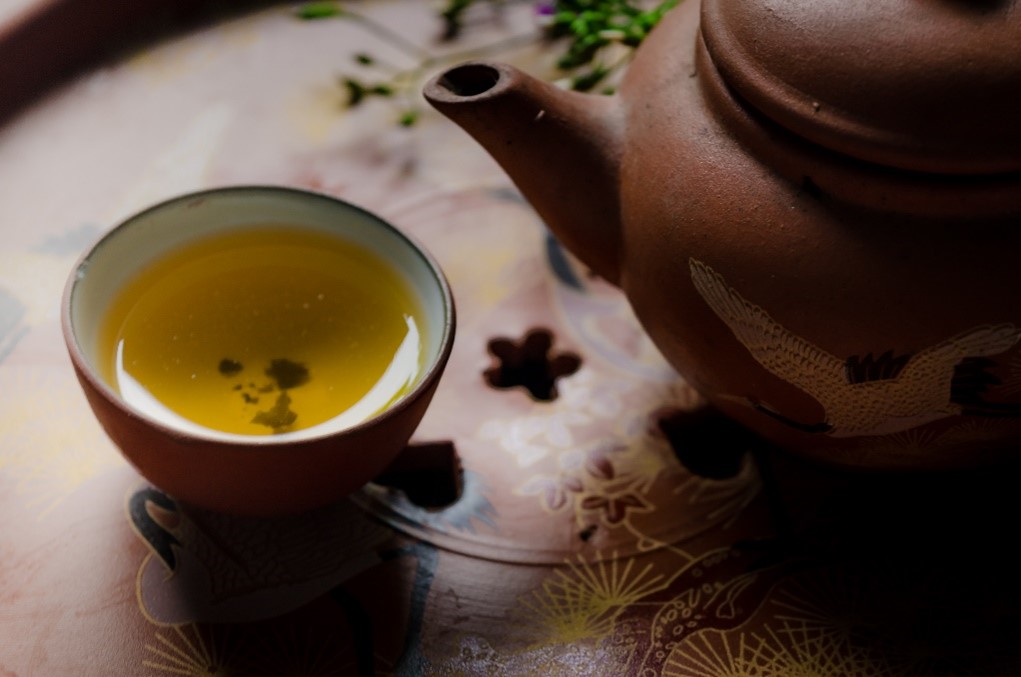
Tea from May leaves of persimmon 감잎차 (kamipcha)
This tea has a slightly bitter piquant taste, turning into a sweet aftertaste and refreshing herbal aroma. Because persimmon leaf tea does not contain caffeine, it can be drunk by children and pregnant women. It has much more vitamin C than lemon and is also rich in calcium.
In particular, the nutrients in persimmon leaves are not easily destroyed by heat, so this tea is especially effective for treating colds. During the temperature drop, regular consumption of persimmon leaf tea helps to relieve fatigue and strengthen the immune system. In addition, it improves skin conditions, helps to lose weight, and has many other valuable properties. But it is better not to overuse it. Drinking no more than 2-3 cups a day is recommended.
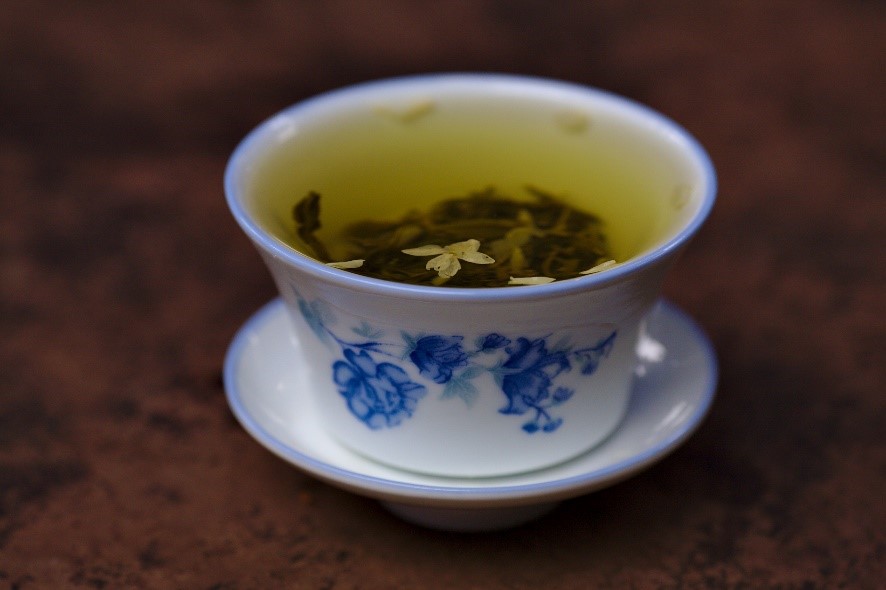
These drinks can often be drunk both hot, warm, and cold. I’d like to present the undoubted winner in the nomination of “The weirdest tea” is ramen-flavored tea. If you are a true buff of ramen and tea, you will love it!
Author Anastasiia Holonko, photo Korea.net and Naver.com
4